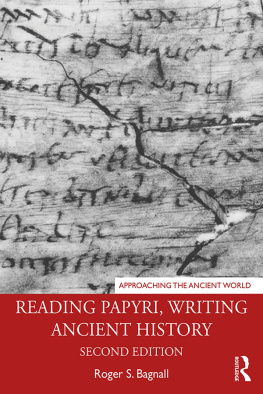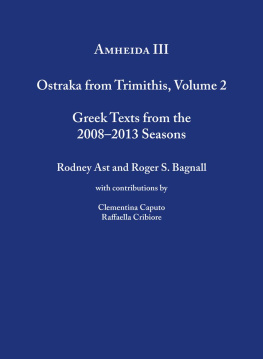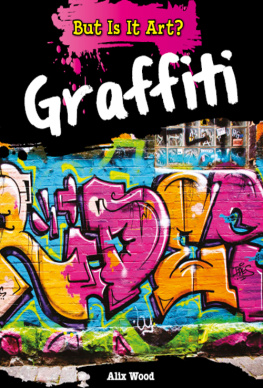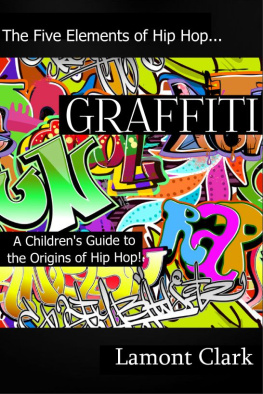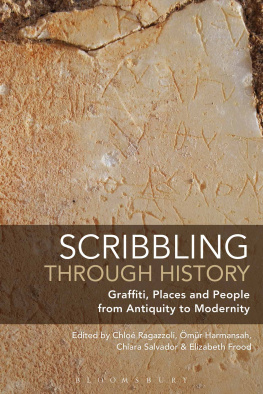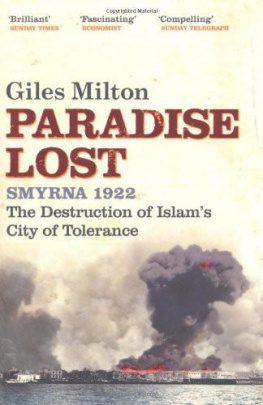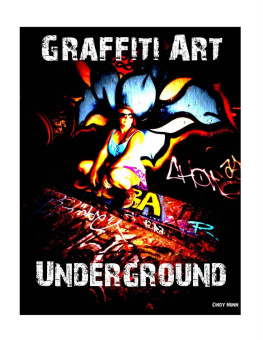GRAFFITI FROM THE BASILICA
IN THE AGORA OF SMYRNA
GRAFFITI FROM THE BASILICA
IN THE AGORA OF SMYRNA
Roger S. Bagnall, Roberta Casagrande-Kim,
Akn Ersoy, and Cumhur Tanrver
with a contribution by
Burak Yolaan

2016 Institute for the Study of the Ancient World and New York University Press
ISBN 978-1-479864-64-5
Names: Bagnall, Roger S., editor. | Casagrande-Kim, Roberta, editor. | Ersoy, Akn, editor. | Tanrver, Cumhur, editor.
Title: Graffiti from the Basilica in the Agora of Smyrna / edited by Roger S. Bagnall, Roberta Casagrande-Kim, Akn Ersoy, and Cumhur Tanrver, with a contribution by Burak Yolaan.
Description: New York : Institute for the Study of the Ancient World and New York University Press, 2016. | Includes bibliographical references and index.
Identifiers: LCCN 2016019141 | ISBN 9781479864645 (cloth) | ISBN 9781479885886 | ISBN 9781479870738
Subjects: LCSH: zmir (Turkey)--Antiquities. | Graffiti--Turkey--zmir. | Excavations (Archaeology)--Turkey--zmir.
Classification: LCC DS51.I9 G73 2016 | DDC 939/.23--dc23
LC record available at https://lccn.loc.gov/2016019141
Design by Andrew Reinhard
Printed in the United States
LIST OF ILLUSTRATIONS IN INTRODUCTION
.
.
.
.
.
.
.
.
.
.
.
.
.
.
.
.
.
.
.
.
.
.
.
.
.
.
.
.
.
Contributors
Roger S. Bagnall is Professor of Ancient History and Leon Levy Director, Institute for the Study of the Ancient World, New York University.
Roberta Casagrande-Kim is Assistant Manager for Exhibitions and Publications at the Onassis Foundation (USA).
Akn Ersoy is Assistant Professor at zmir Dokuz Eyll University and Director of the Ancient City of Smyrna Excavations.
Cumhur Tanrver is Professor at zmir Ege University and epigraphist of the Ancient City of Smyrna Excavations.
Burak Yolaan received his doctorate in archaeology in 2013 and is Research Assistant at zmir Dokuz Eyll University.
Preface
The graffiti published in this volume were discovered during the excavation of the basement level of the Basilica in the Agora of ancient Smyrna under the direction of Mehmet Talalan, then responsible for the Museum of zmir. In early March of 2003, Thomas Drew-Bear reported the discovery to Roger Bagnall on the basis of an account given him by a French archaeologist who was on the site. In view of the many threats to the plaster, Bagnall arranged at Drew-Bears request to have a conservator from the U.S., Constance Silver, go to zmir, assess the situation, and plan a program of conservation. Her first visit in April was followed up by a longer one two months later, in the course of which she applied various emergency measures. Ms. Silvers two visits were supported by funds from the Stanwood Cockey Lodge Foundation of Columbia University. Bagnall was able to visit zmir from 1423 July 2003 and copy all of the graffiti then visible. Although Drew-Bear was largely occupied with preparing the conference on Smyrna that took place at the end of that period, he was able to take some part in checking Bagnalls copies. Didier Laroche advised on architectural matters during this period.
The complex events of the following years led to various disruptions in conservation and scholarly work on the graffiti, but a preliminary account appeared in the first chapter of Bagnall 2011. We should record here that Drew-Bear arranged for Sharon Hopkins to photograph and draw the graffiti in 2005, and these photographs remain a significant part of our photographic documentation of the site. Since the restarting of conservation work under the current site director, Akn Ersoy, it has been possible to rephotograph most of the graffiti, many of them significantly cleaner than they were in 2003 or 2005, and to photograph some in infrared. This conservation and photographic work has made it possible to improve some of the texts from the state reported in Bagnall 2011. The discovery of additional graffiti during this cleaning process has also made it possible to increase substantially the corpus known in 2003. Cumhur Tanrver, the epigraphist of the Smyrna excavations, joined Bagnall as co-author in 2012; he has been responsible for copying and photographing the newer discoveries. Roberta Casagrande-Kim has taken on the task of describing the drawings. In some cases these are clearly connected to neighboring texts, but in many more they are not; and in still others it is unclear if there is a connection. We are mindful of the difficulties inherent in any method of publishing walls full of texts and drawings, where connections and divisions are often unclear. The early publications of Pompeian graffiti, for example, have been criticized for their excessive separation of verbal and pictorial elements on the same wall (Milnor 2014: 14). There is no perfect solution to the challenge these walls pose. We have given for each bay or pillar an overall drawing showing the relationship of the texts and drawings we have presented to one another, in the hope that these and the photographic documentation will allow readers to detect connections or distinctions that have eluded us.
The photographs in this volume were taken at different times and under variable lighting and circumstances. They have throughout been processed for maximum clarity of the graffiti; they do not, therefore, necessarily represent the actual color of the plaster.
We take this opportunity to thank Dr. Talalan and Professor Drew-Bear for the initial opportunity to work on this discovery, to Ms. Silver for her heroic work in the early months after the excavation, and to Ms. Hopkins for her photographic work. We are very grateful to Professor Ersoy not only for his steadfast support of our work to bring this publication to completion, but for devoting extensive resources to conservation during 20122014, thus making much more text and more drawings available for reading and documentation than had been visible previously.
The penultimate version of the manuscript was read by our friends Angelos Chaniotis and Thomas Corsten, who offered a number of very helpful suggestions for difficult passages. We are grateful to them for bringing their learning to bear on these thorny texts. Two anonymous readers for the press also contributed many valuable corrections and improvements, and we take this opportunity to thank them for their help.
Roger S. Bagnall, January 2016
GRAFFITI FROM THE BASILICA
IN THE AGORA OF SMYRNA
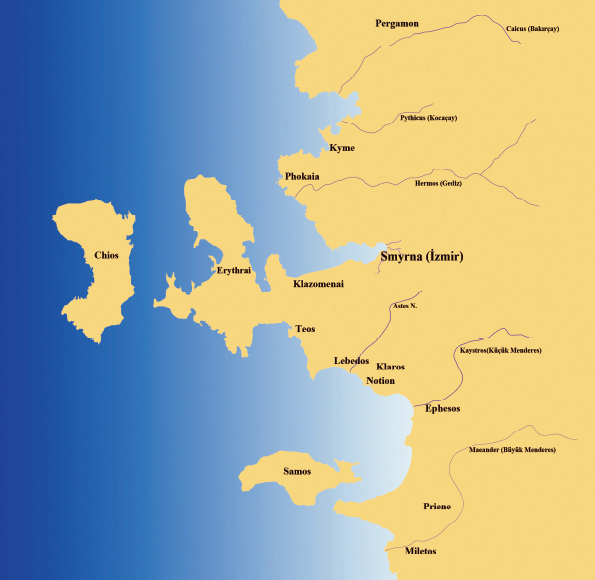
Figure 1. Map of Western Anatolia.
INTRODUCTION
HISTORY OF EXCAVATIONS IN SMYRNA ( Akn Ersoy )
The city of Smyrna (zmir), situated at the east end of the gulf of zmir (map, ), has an uninterrupted history of settlement since the NeolithicChalcolithic ages because of its advantages as a seaport. After the frst settlement on the mound of Bornova Yeilova and later on the mound of Bayrakl-Tepekule, the city was resettled on the present site (Kadifekale-Kemeralt) after Alexander the Great. The new city has been continuously inhabited in this new location for over two thousand years, during the Hellenistic, Roman, Byzantine, Ottoman, and Republican Periods, and remains a major city today. Smyrna succeeded in existing till today as the most important seaport of western Anatolia because it is both surrounded by very fertile land, providing numerous products, including mineral resources, and at the same time situated on seaways and trade routes.
Next page

